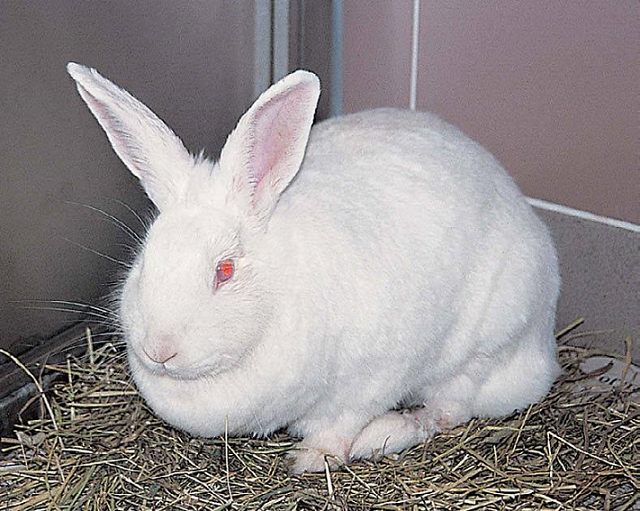Difference between revisions of "Rabbit Medicine and Surgery: Self-Assessment Color Review, Second Edition, Q&A 14"
Jump to navigation
Jump to search
(Created page with "{{CRC Press}} {{Student tip |X = packed with thorough information on how to workthrough.}} <br><br><br> centre <br> '''An adult...") |
|||
| Line 20: | Line 20: | ||
</FlashCard> | </FlashCard> | ||
| − | To purchase the full text with your 20% off discount code, go to the [https://www.crcpress.com/9781498730792 CRC Press] Veterinary website | + | To purchase the full text with your 20% off discount code, go to the [https://www.crcpress.com/9781498730792 CRC Press] Veterinary website. |
[[Category:CRC Press flashcards]] | [[Category:CRC Press flashcards]] | ||
Revision as of 11:17, 22 November 2018
| This question was provided by CRC Press. See more case-based flashcards |

|
Student tip: This case is packed with thorough information on how to workthrough. |
An adult New Zealand White rabbit is presented with polyuria, polydypsia and glycosuria (see image). Appetite and faecal output are reduced. Plasma biochemistry shows a raised blood glucose level of 16.2 mmol/l (normal reference range 4.2–8.3 mmol/l).
| Question | Answer | Article | |
| What is the likelihood of diabetes mellitus occurring in a pet rabbit? | Diabetes mellitus is rarely seen in rabbits, but it has been reported in New Zealand White rabbits, where it is similar to maturity-onset (type 2) diabetes in humans. Herbivores are able to withstand the absence of insulin more readily than carnivores, and they are therefore less susceptible to developing diabetes.
|
Link to Article | |
| How would you diagnose this condition? | Diagnosis is based on blood parameters (repeated raised blood glucose levels over 13.9 mmol/l, increased plasma triglycerides and significantly elevated glycosylated Hb concentrations), glycosuria and clinical signs (polyuria and polydipsia). Normal values for the i/v glucose tolerance test in rabbits have been developed; however, this test is used to identify mild cases that will rarely require insulin therapy and it may therefore be unnecessary. Normal blood glucose levels in rabbits range from 4.2–8.3 mmol/l. It should be remembered that these levels may be elevated secondary to stress, shock, transport or handling. If diabetes is suspected, the patient should be hospitalized and blood glucose concentrations should be checked in a non-stressful environment. Glycosuria is also non-diagnostic for this condition in rabbits, as it too may occur following stress, periods of anorexia secondary to hepatic lipidosis, and ketosis. These conditions are more common and should be ruled out first. Ideally, the owner should obtain a urine sample in the rabbit’s normal environment to rule out stress factors. Normal fructosamine values have yet to be evaluated in rabbits, although work has been published with values from both clinically ill and healthy rabbits. The significance of fructosamine levels in the rabbit is therefore uncertain.
|
Link to Article | |
| What treatment would you commence in the event of diabetes mellitus being confirmed? | Insulin therapy may not be necessary, because diabetes in rabbits responds well to an increase in dietary fibre intake and a reduction in weight in obese individuals. Initial supportive care may, however, be necessary in this individual, consisting of syringe feeding a high-fibre critical care diet until the animal is self-feeding and stimulation of intestinal motility using metoclopramide (0.5 mg/kg s/c q6–8h).
|
Link to Article | |
To purchase the full text with your 20% off discount code, go to the CRC Press Veterinary website.
